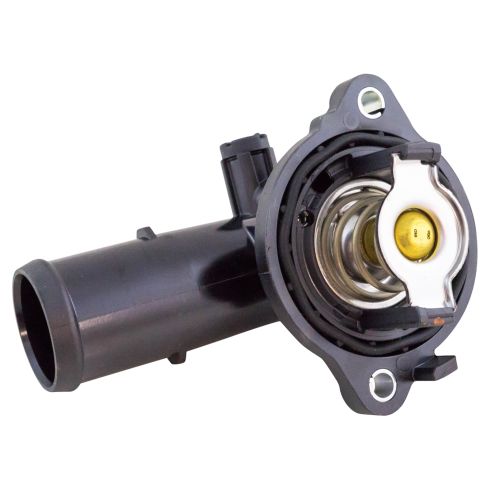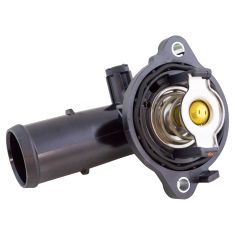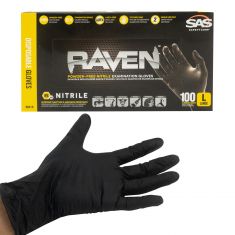1AEMX00346-Jeep Dodge Thermostat with Housing Assembly TRQ ECA92778

Replaces
Jeep Dodge Thermostat with Housing Assembly TRQ ECA92778

Frequently bought together
Product Reviews
Loading reviews
4.29/ 5.0
14
14 reviews
Yes!
November 10, 2019
Perfect part, great price!
Jeep thermostat
March 5, 2021
Great replacement part. Installed in 30 minutes and it corrected the engine check light.
Fast shipping and fair prices
July 25, 2021
Correct part shipped in a short amount of time at fair price and easy installation.
Its nice that 1Aauto includes installation videos with there parts selection helping novice mechanics work on their own vehicles and helping to save money.
Ive been rather pleased with this company.
January 7, 2022
Couldn't be more satisfied exact fit perfect.
January 30, 2022
Terrible results, dripps coolant.
September 18, 2022
Leaked had to use part of the old one to make it work
cut o-ring
October 3, 2022
when was getting ready to install it was putting oil on it ansan the o- ring was all most cut through, glad i hadn't installed it yet , works ok
Perfect fit
January 4, 2023
Perfect fit and I loved the instructional video that was linked to the product for free. Well done 1A
Part fit perfect
July 5, 2023
So far no issue
Awesome thanks
August 31, 2023
Perfect fit
Just as good as OEM.
September 12, 2023
OEM was back ordered for 3 months. All of the replacement parts locally had mixed reviews, so I took a chance with A1 Auto. The thermostat was identical to my OEM. Once replaced and coolant was topped off. The check engine light immediately turned off.
I received my thermostat within a few days after ordering. So far no leaks. Direct plug and play. I'm happy with A1 Auto and the video provided to complete the project.
excellent part
January 9, 2024
like new so far.
Great part and a great price
January 26, 2024
Worked flawlessly.
Jeep thermostat
September 25, 2024
Was worried about not being OEM part for my jeep, so far haven't experienced any issues. Lifetime warranty as I was told by the sales representative, I made the purchase
Customer Q&A
No questions have been asked about this item.











